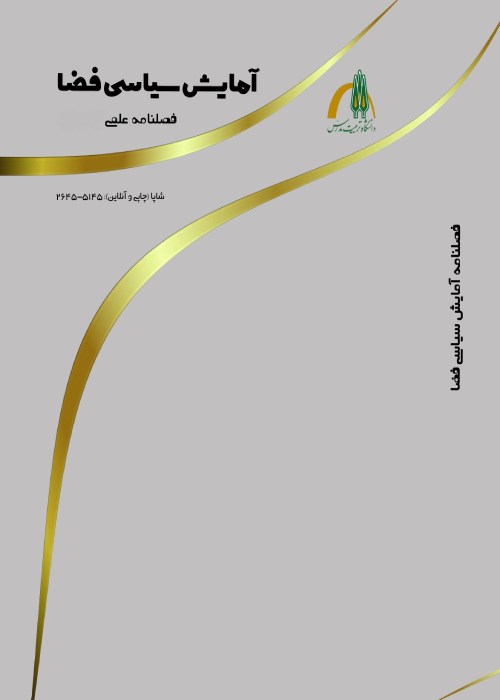The Regulatory State and Government Intervention in Iran's Social Security System
One of the most important tasks of governments in the past century had been the realization of social security; in such a way that the duties of the government in fulfilling social security have become a matter of course. Nevertheless, the limits of the government's intervention in fulfilling social security has been one of the fundamental challenges of policy making, and several theories have been proposed in this regard, and one of them is regulatory state. The purpose of the present research is to examine the limits of the government's intervention in the social security system in Iran. Although the government's intervention in social security has been examined through several theories; But this issue has not yet been examined from the perspective of the regulatory state theory. Social security is one of the most important tasks of the state in terms of the scope, size and number of people covered. Therefore, the study of issues related to social security is not only of great importance, but also necessary for the expansion, development, expansion and realization of social justice. Although government intervention in social security is taken for granted, the question arises here as to how the limits of government intervention in Iran's social security system can be explained in the light of regulatory state theory.
Using a theoretical approach and a descriptive method of analysis, this article draws on library research in an attempt to analyses the limits of state intervention in Iran's social security system from the perspective of the regulatory government.
The limits of the government's intervention in Iran in order to realize social security from the perspective of the regulatory government can be divided into sectoral and extra-sectoral areas. However, the diversity of issues and the involvement of numerous institutions in order to realize social security has caused the formation of many challenges for government regulation in this field, the most important regulatory challenges can be considered parallel activities and duties, ambiguities and objections in the legal rulings governing the macro structure of the social security system. Governments have several motives for intervening in social security, which can be related to market failure, distributive justice and the protection of citizens' rights. Regulatory measures or criteria also consist of five criteria which are legislative support for regulation, accountability, impartial procedures, sufficient expertise of the regulator and efficiency. In Iran, in general, the government's policy in the field of social security in the direction of regulation can be considered in two sectoral and non-sectoral areas. The sectoral field of social security is implemented by one or more institutions; however, the intersectoral field includes social and economic activities that have an impact on different fields. The field of social security in Iran includes many issues such as medical insurance, pension, provision of medical services, rehabilitation of the disabled and injured, support for the needy and payment of pensions to them. As mentioned above, in the sectoral and non-sectoral fields, many institutions are responsible for social security in Iran; this has led to the formation of parallel activities and duties among the institutions. The parallelism of activities and duties has led to several consequences, such as not providing proper services and wasting financial and human resources. It seems that to solve this problem, these interactions should be fully understood and parallel devices should be integrated or removed so that the facilities can be used in the desired way. For example, in the area of non-insurance assistance, there is a complete parallelism between the Red Crescent, the relief committee and the welfare organization.
One of the most important functions of governments in the last century has been to provide social security. For this reason, governments have always tried to achieve this through intervention. Although the right to social security has been assumed by governments, the level of government intervention has always been a subject of debate. Meanwhile, one of the theories that have been proposed to explain the limits of government intervention in social security is the regulatory government. In order to improve the performance of the government in the field of social security, several suggestions can be made; first, the members of the board of directors should be selected professionally; second, the rule of transparency should be implemented in the procedures; third, many parallel and overlapping structures should be dissolved and operated under one organization; finally, the possibility of developing people's participation in order to increase productivity and efficiency.
- حق عضویت دریافتی صرف حمایت از نشریات عضو و نگهداری، تکمیل و توسعه مگیران میشود.
- پرداخت حق اشتراک و دانلود مقالات اجازه بازنشر آن در سایر رسانههای چاپی و دیجیتال را به کاربر نمیدهد.



